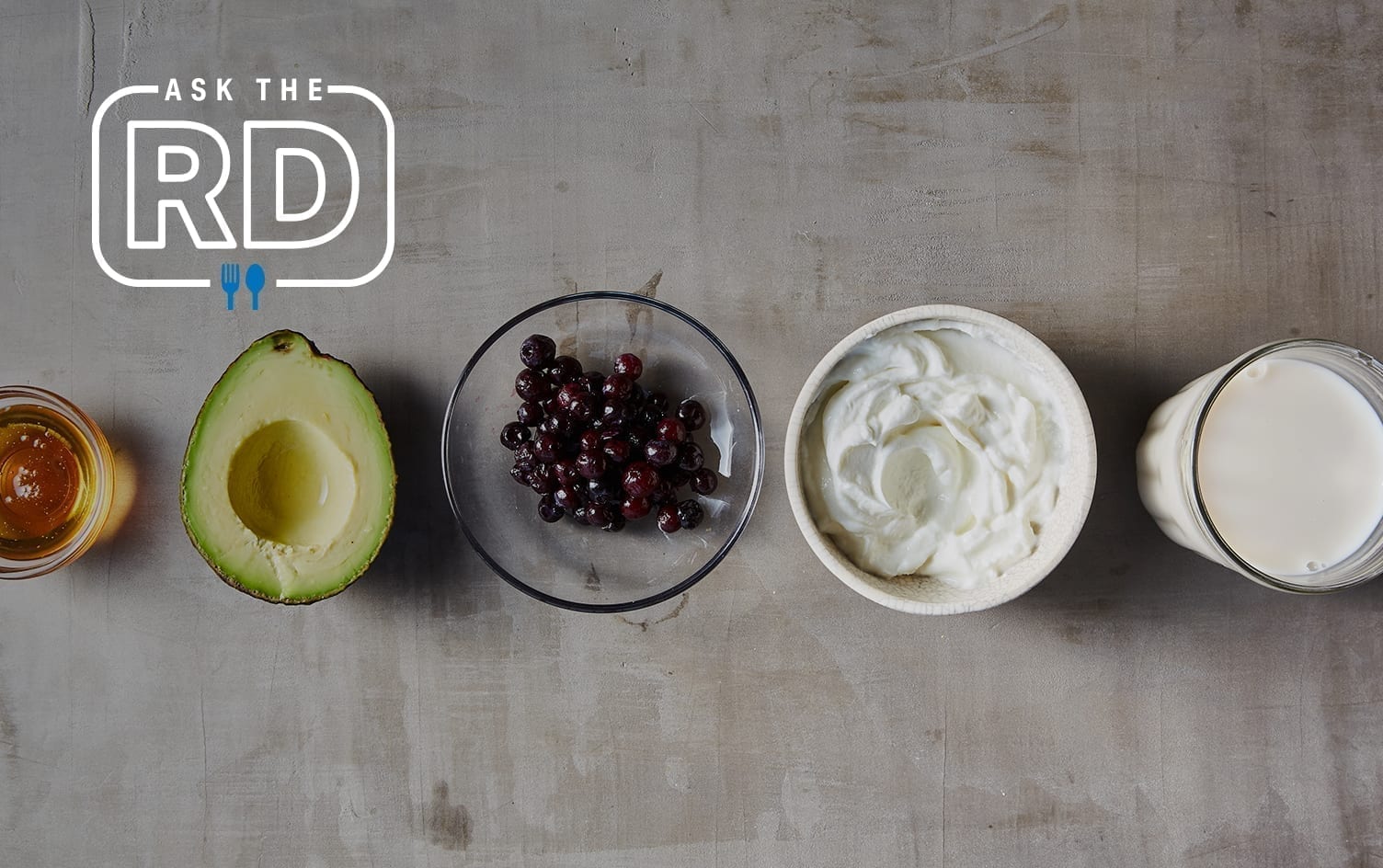
For most people, about 90% of total body fat is subcutaneous — the kind that is soft, pinchable and sits right underneath the skin. The remaining 10–15% is called intra-abdominal or visceral fat. It’s often referred to as belly fat since it lives in your abdominal area and surrounds your vital organs.
Visceral fat is one of the most dangerous types of fat because it generates adipose hormones and adipokines, chemical troublemakers that not only surround your organs but also cause inflammation, leading to problems like heart disease and Type 2 diabetes.
The good news is visceral fat is one of the easiest types of fat to lose via regular movement and a healthy well-balanced diet. In addition to cutting back on added sugar (which is linked to weight gain and other health problems), consider adding these belly fat-fighting foods to your plate.
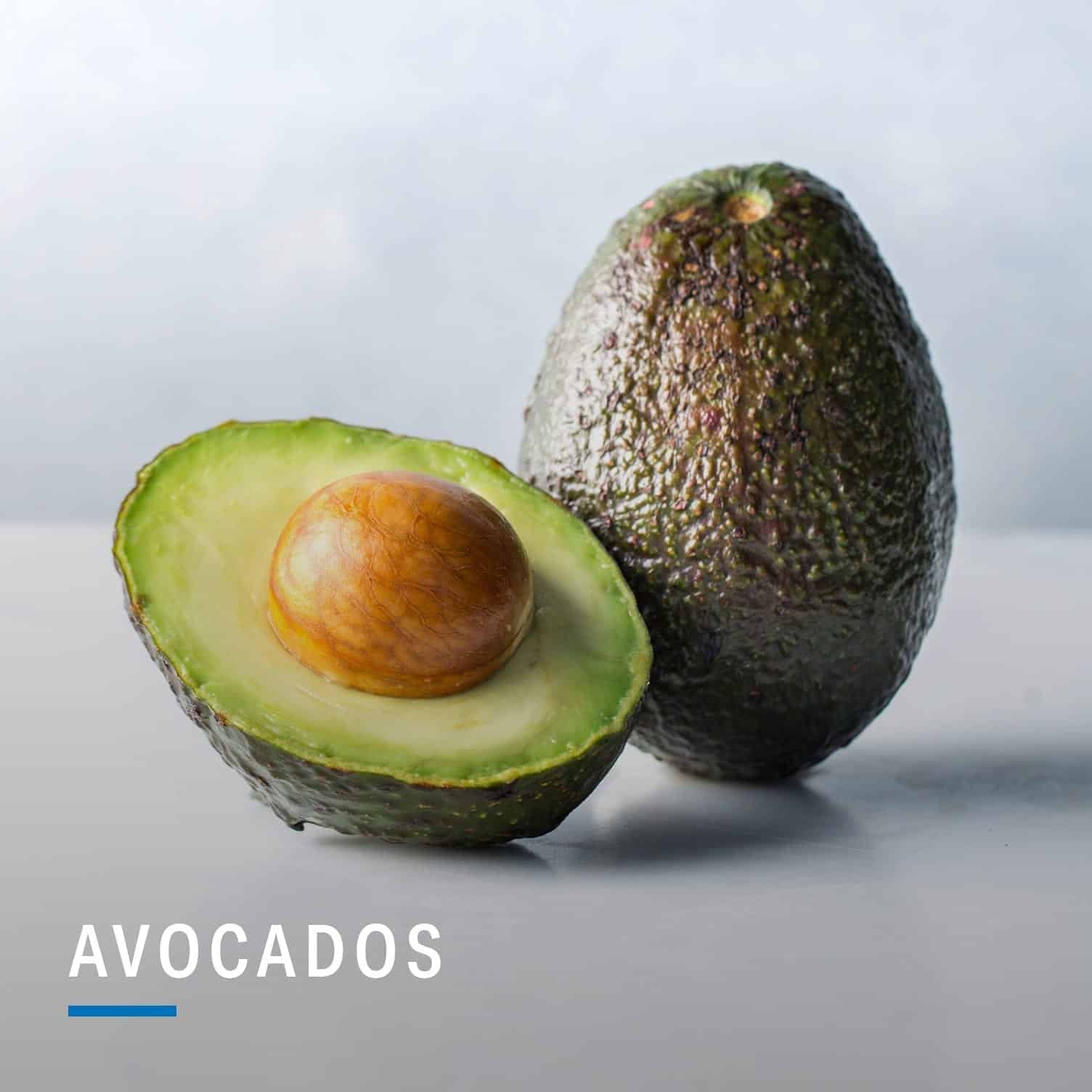
Avocados are a nutrient-dense fruit containing 5 grams of satiating fiber and 7 grams of heart-healthy monounsaturated fats per half-cup. Filling up on avocado toast for breakfast won’t cause your blood sugar and insulin levels to spike like many other sugar-laden breakfast foods. Elevated insulin is one of the leading causes (over time) of belly fat accumulation. Avocados are rich in antioxidants, which have anti-inflammatory effects that help protect against belly fat, too.
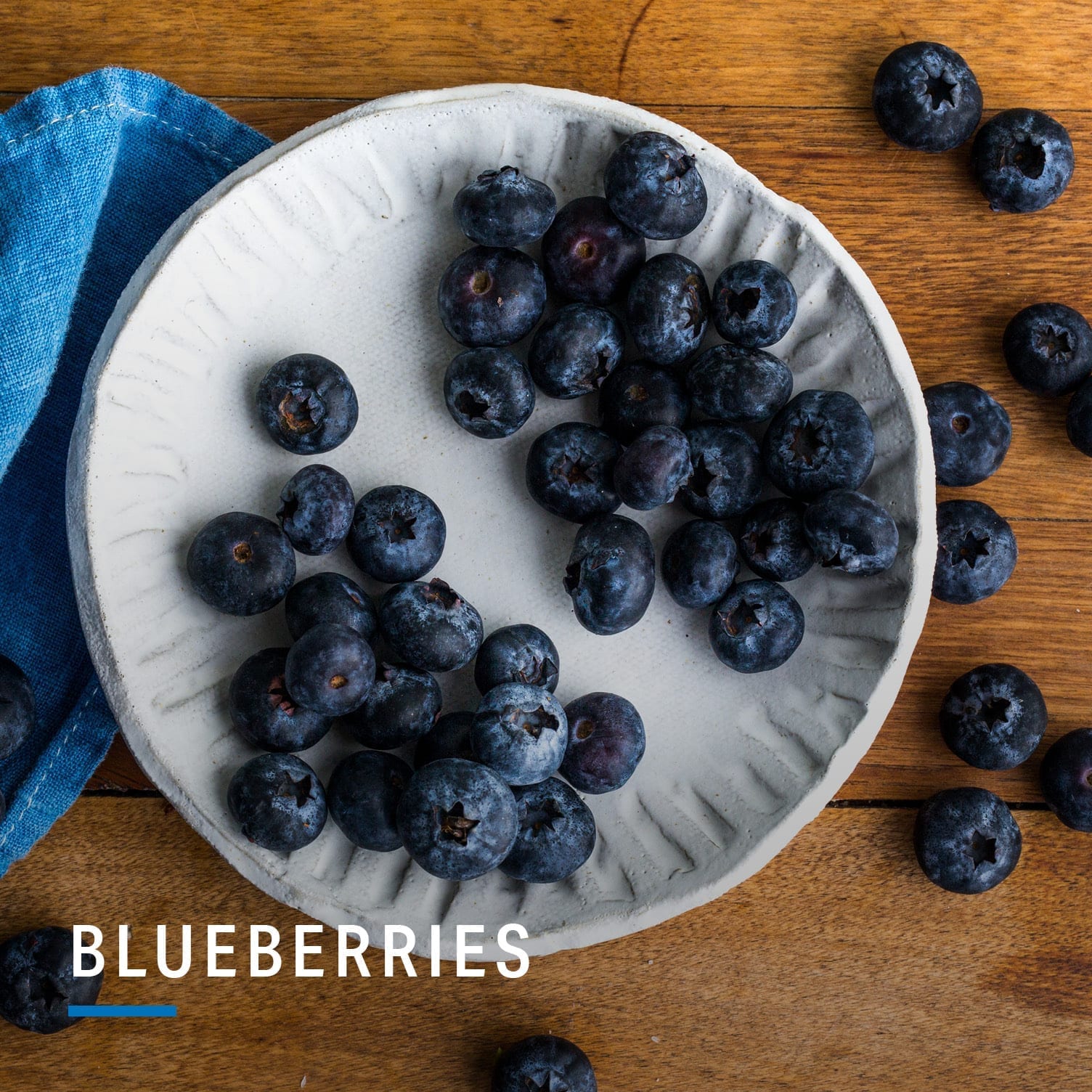
With only 85 calories per cup, blueberries are one of the most concentrated sources of anthocyanins, which may help to lower inflammation, improve glucose control and insulin resistance — all of which have a direct effect on belly fat. Buy them fresh or frozen and sprinkle on oatmeal, yogurt, salads or enjoy by themselves as a snack.
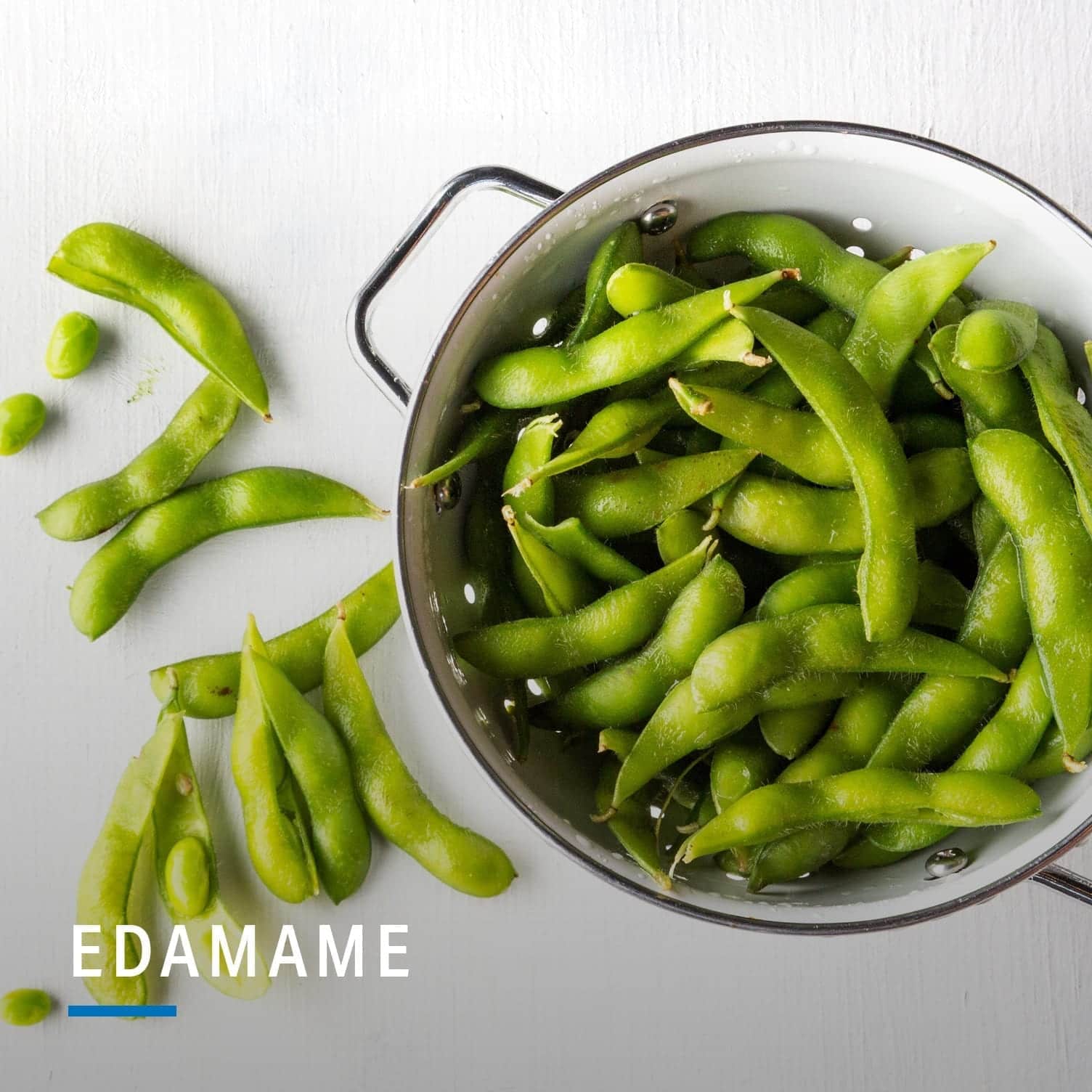
Edamame and other legumes (such as black beans, lentils and chickpeas) are high in soluble fiber and resistant starch, a prebiotic that feeds healthy gut bacteria called probiotics. Once fueled, probiotics produce fatty acids that create a resilient lining on the gut, keeping foreign, inflammatory-stimulating particles from getting into the bloodstream. Resistant starches also play an important role in weight loss by boosting satiety and improving insulin sensitivity. Edamame is fast and easy to cook; just boil frozen pods for 3–5 minutes, drain and enjoy.
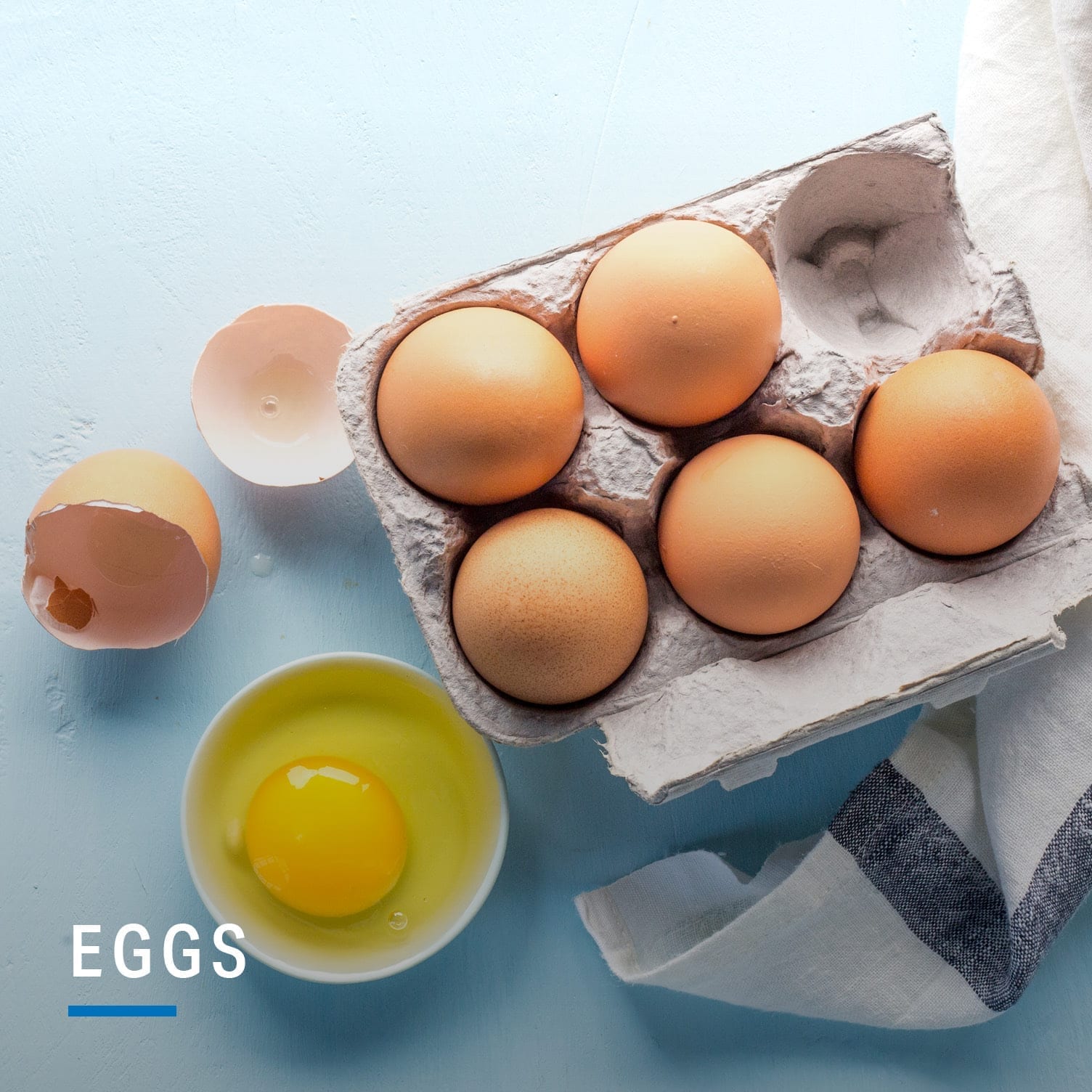
Eggs are high in quality protein (6 grams per egg), low in calories (78 calories per egg) and come packaged in perfect single portions. Protein promotes fullness and satiety and requires more energy to digest than carbs and fat, doesn’t cause blood sugar to spike (leading to an unwanted insulin response) and it promotes muscle growth and repair — all positive things that help you lose weight and reduce abdominal fat.
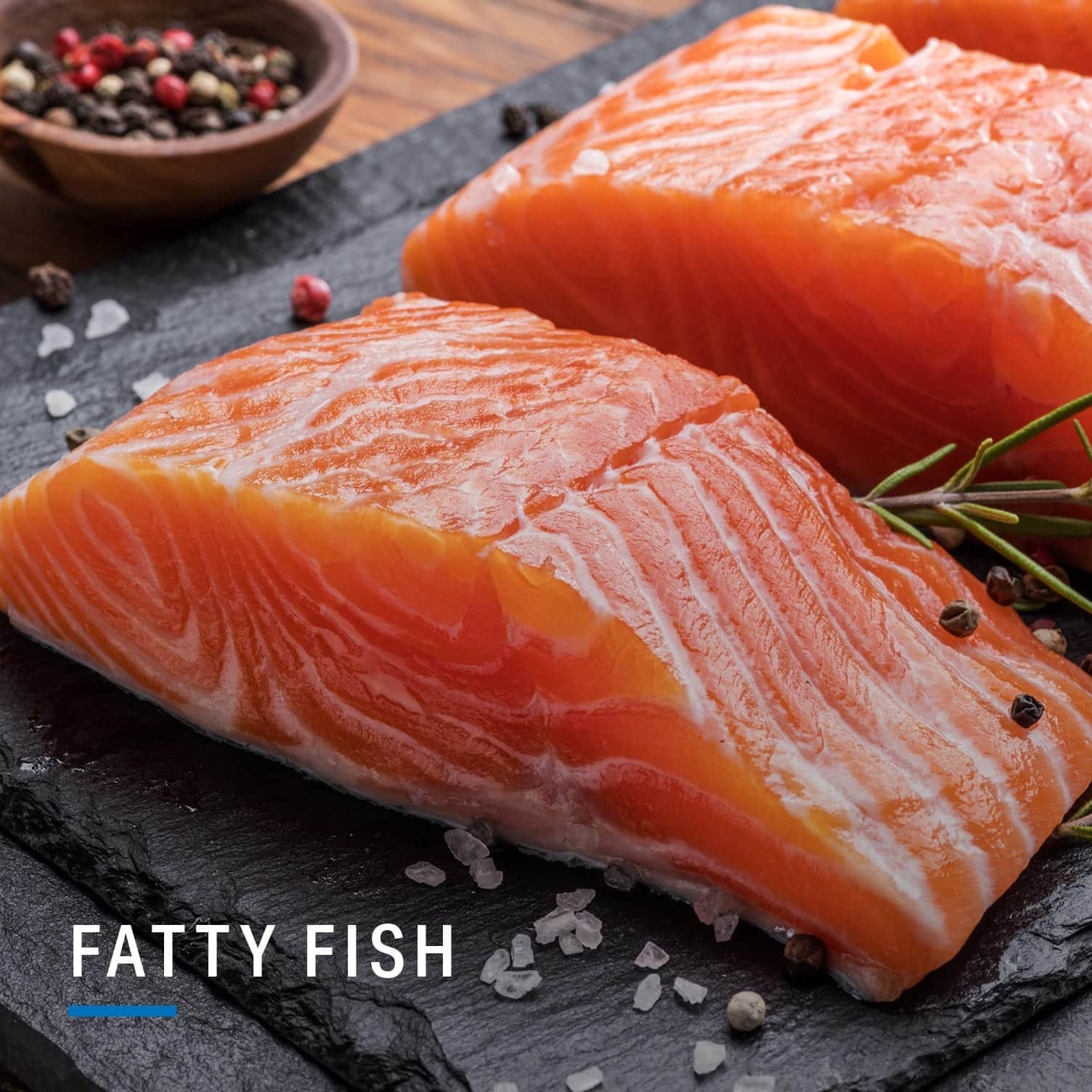
Omega-3 rich fatty fish like salmon help increase adiponectin levels in the blood, a hormone that has significant anti-inflammatory properties and helps lower inflammation by regulating glucose levels in the bloodstream. Salmon is rich in both EPA and DHA, the two active forms of omega-3’s. Other fatty fish, such as sardines, have also been linked to weight loss.
READ MORE > HOW EXCESS BELLY FAT CAN CHANGE YOUR BRAIN

Building a healthy gut has numerous health benefits, including better digestion, improved mental health, protection against cancer and even weight loss. The makeup of our gut bacteria is extremely unique and plays a role in the production of hormones that regulate appetite and insulin sensitivity. Fuel your body with probiotic-rich fermented foods like kombucha, kimchi, fresh sauerkraut, plain kefir or Greek yogurt to promote better gut health, up potential weight loss, reduce inflammation and regulate appetite, which all affect the accumulation of belly fat.
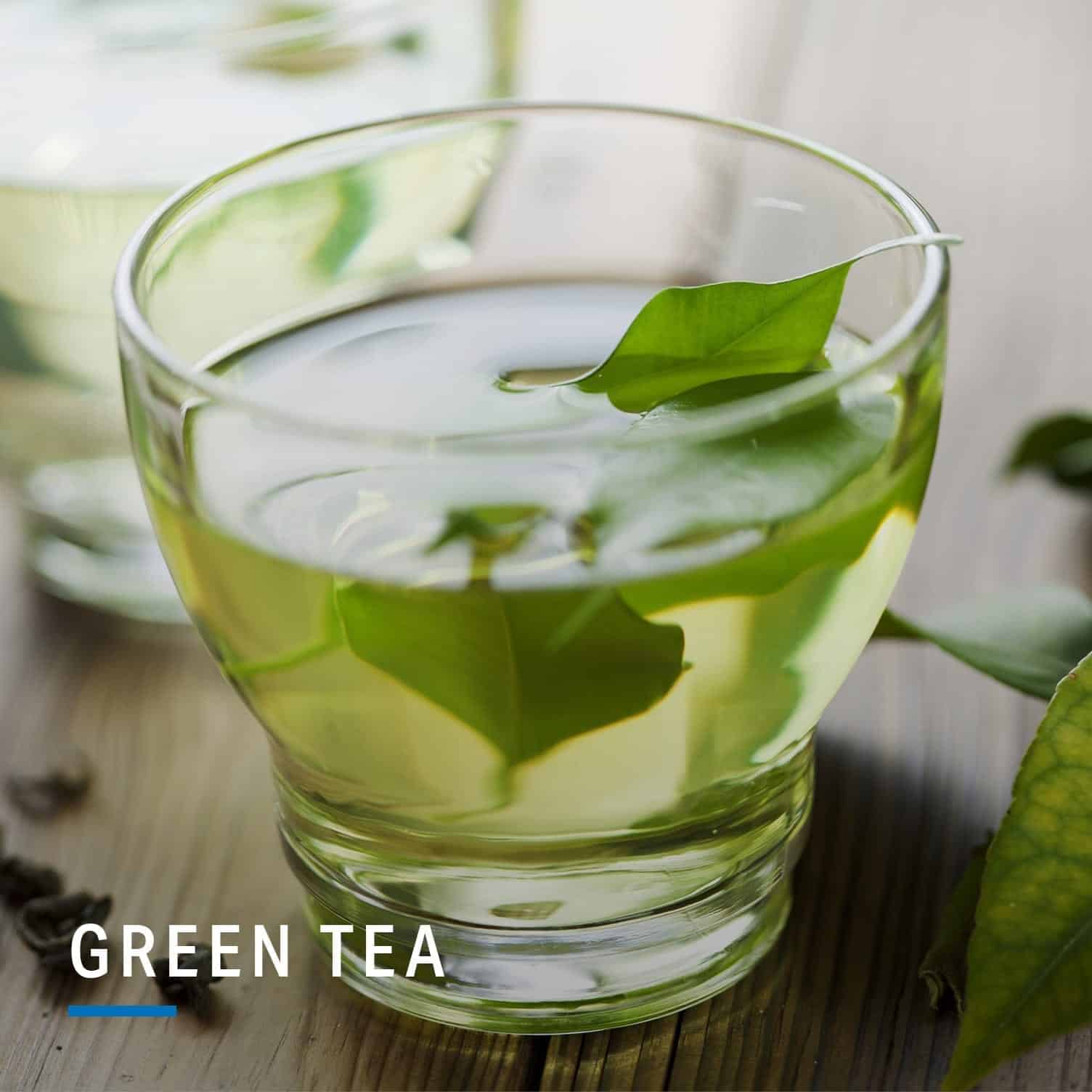
It’s possible the catechins in green tea (those potent antioxidants associated with the popular beverage) might positively alter the gut microbiome, and inhibit carbohydrate digestion and absorption. A study in the Journal of Nutrition found, when combined with exercise, green tea drinkers had 7% less body fat over 12 weeks than non-tea drinkers. Catechins also help reduce inflammation and protect your body from free radicals that cause damage to healthy cells.
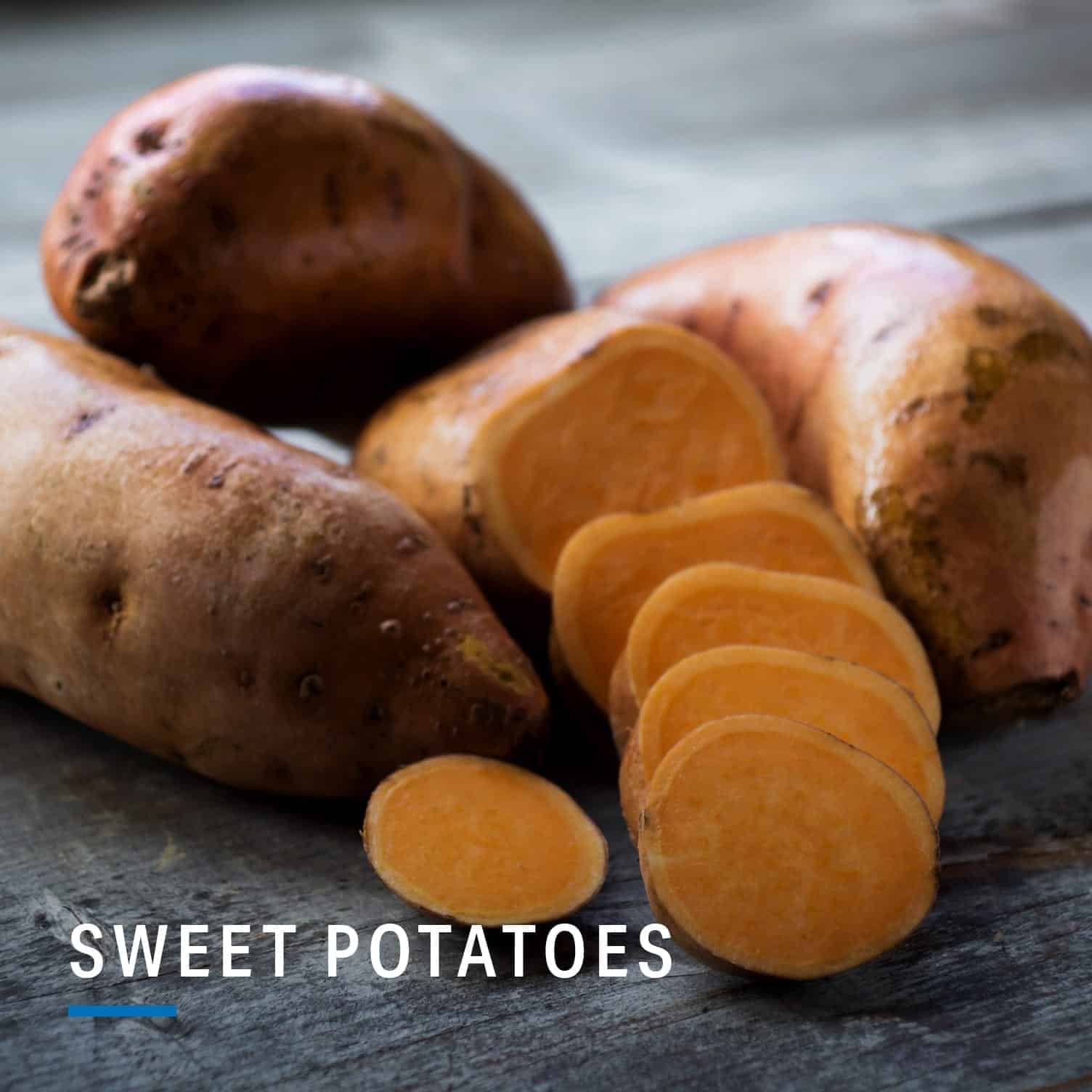
Sweet potatoes top the leader board when it comes to carotenoid concentration. Carotenoids are a class of brightly colored red-, orange- and yellow-pigmented antioxidants, which have an inverse correlation with total body fat content, according to a recent study published in the Journal of Nutrition. Sweet potatoes are also a source of prebiotic-rich resistant starch (see above).
THE BOTTOM LINE
Losing belly fat should be a priority, as it carries a greater risk of heart disease and other health problems like high blood pressure and inflammation. In addition to moving your body regularly (this walking plan can help blast belly fat), it’s important to focus on consuming primarily nutrient-dense whole foods and cutting back on high-sugar processed ones. Incorporating anti-inflammatory foods like blueberries, quality proteins (eggs and edamame), healthy fats from avocados and fatty fish, along with gut-friendly foods (kimchi, green tea) and resistant starches, such as sweet potatoes, can help you lose weight and shed belly fat.
Discover hundreds of healthy recipes — from high protein to low carb — via “Recipe Discovery” in the MyFitnessPal app.
